It is widely known that children are more susceptible to dog bites than adults, in part due to their inability to read canine body language.
Below, we discuss what to do if your dog bites or snaps at a child and how to create a safe and welcoming environment for both children and dogs.
Key Points at a Glance: Dog Bites and Children
- Children often act in inappropriate ways with dogs, so never allow young kids to interact with a dog unless they are being supervised.
- Teach your children how to read dog body language and help educate kids on how to properly interact with dogs.
- Having issues with kids and dogs interacting safely in the home? Consider The Family Dog’s all-in-one family training program.
- Work with a trainer to slowly desensitize or counter-condition your canine, which can help eliminate (or drastically reduce) her fear of children.
Canines and Kids: A Tricky Relationship
It is estimated that 51% of dog bite victims are children, and most of these kids are between the ages of 5-9.
Additionally, bites to children are often more severe than adults and often involve the face because of the child’s size and proximity to the dog.
That’s a scary dog bite statistic, and it illustrates the importance of keeping children safe from dogs, and keeping dogs safe from children.
Why are young children so often the victim of dog bites?
Human adults who spend time training, feeding, and caring for dogs build up a “trust bank” with their doggo. This means, there is a history of trust and a strong bond between you and your best furry pal.
But this is something that most kids don’t have with dogs. In fact, kids most likely withdraw from that trust bank frequently if we are not careful to supervise and teach them how to properly interact with four-footers.
Children have a tendency to climb, lean, poke, and prod pooches, as well as to go near bones and food that your dog might be enjoying. These are all things that may trigger a bite and should always be avoided.

Further, children can be scary for some dogs. Especially dogs who haven’t had a chance to socialize with children from a young age.
And unfortunately, this fear can often trigger dogs to bite.
Children do a number of things that can freak dogs out. For example, they:
- Tend to move more erratically than adults
- Make strange high-pitched sounds
- Don’t respect your dog’s boundaries
It’s no wonder that these little creates can make some dogs very uncomfortable!
Immediate Aftermath: What Do You Do if Your Dog Bites a Child?
Hopefully, your dog will never bite anyone — child or otherwise. But, if she does, you need to know what to do following the bite.
Having your dog bite someone – anyone – can be very stressful. But the situation can feel even more anxiety-filled when a child is involved.
Step 1: Separate the Dog from the Child
First things first, you’ll want to separate your dog from the child by placing her in a crate, an empty room, or some other confined area while you attend to the youngster (and likely try to calm an upset parent too).
This is an important safety measure, which will also help prevent the child’s crying from upsetting your dog any further. Just be sure to use caution while doing so, as your dog may be pretty agitated — you don’t want to end up suffering a bite yourself.
With your dog safely sequestered, assess whether there has been any contact with the skin (many “bites” fail to make contact at all and are better described as “snaps”).
Step 2: Assess the Damage
Seek medical attention if there are any punctures or wounds from teeth on skin, as dog bites often become infected.
If your dog has bitten you as part of your intervening (some dogs are so terrified and amped up after a bite, they may accidentally redirect onto you), make sure you take care of your own injuries as well.
Doctors can properly clean and debride the wound if need be, prescribe antibiotics if necessary, and stitch up anything that needs mending.
Even if there is no physical wound, there still may be mental or emotional wounds. You can try to address these issues later, with the help of a therapist or counselor, but right now, your job is to calm everyone down, so you can investigate the situation and figure out what happened.
Why Did My Dog Bite a Child? Finding Answers
It is always important to try to figure out why your dog bit a child. But simply asking, “Why did my dog snap at my child?” might not get you many helpful answers.
Some better questions might be:
- What was the child doing at the time? Were they jumping, yelling, running, crawling? These types of activities may have startled or frightened your dog and lead to the bite.
- Was your child touching or interacting with the dog? How? Inappropriate interactions may cause a dog to feel frightened or stressed.
- What was your dog doing at the time? Was she sleeping? Eating her bone? Dogs may be more likely to bite in some situations than in others. For dogs that are known resource guarders, it’s important to keep kids away from the dog’s food, toys, or other high-value items.
- Were there warning signs? Was your dog moving away from the child, licking her lips or yawning? Trying to escape or averting her gaze? Pacing or stressed? You’ll want to learn these dog body language signs to understand when your dog needs some space.
- Does your dog have any medical issues? Is she sore, old, not feeling well? Medical problems may make dogs feel crummy, which can make them more likely to lash out when pushed too far.
It’s also important to consider your dog’s age, as this may influence the way she feels about children.
Older dogs, for example, may have impaired vision or hearing, which may make them more likely to be startled, particularly if the child is disturbing her rest or she is sleeping.
Your older dog may also be suffering from arthritis, and just the idea of having a loud and chaotic child near her sore hips might be enough to warrant a warning nip.
What About When a Puppy Bites a Child?
Puppies can also snap at children, but for a different reason.
Puppies love to play. And when children run or scream in retaliation, this is interpreted as an invitation for your puppy to play with even more vigor.
This often involves the puppy growling and biting or snapping, but in the context of play rather than aggressiveness.
Very rarely are you dealing with a truly aggressive puppy – usually, she’s just a playful puppy still learning bite inhibition and how to play appropriately with fragile human skin.
Trainer Tip: If you can’t determine the reason your dog snapped at a child, you’ll want to work with a private trainer or certified dog behaviorist to get to the bottom of the issue.
Recognizing the Warning Signs of an Imminent Dog Bite
There are almost always warnings before a snap or a bite occurs, and it is your job to watch for them, so you can step in and separate the two before a bite occurs.
Some of the most common dog body language signs you’ll want to watch for include:
- Yawning
- Lip-licking
- Looking away from the child
- Trying to get away from the child
- Pacing
- Showing the whites of her eyes (“whale eyeing”)
- Growling
- Snarling (pulling the lips back to expose the teeth)
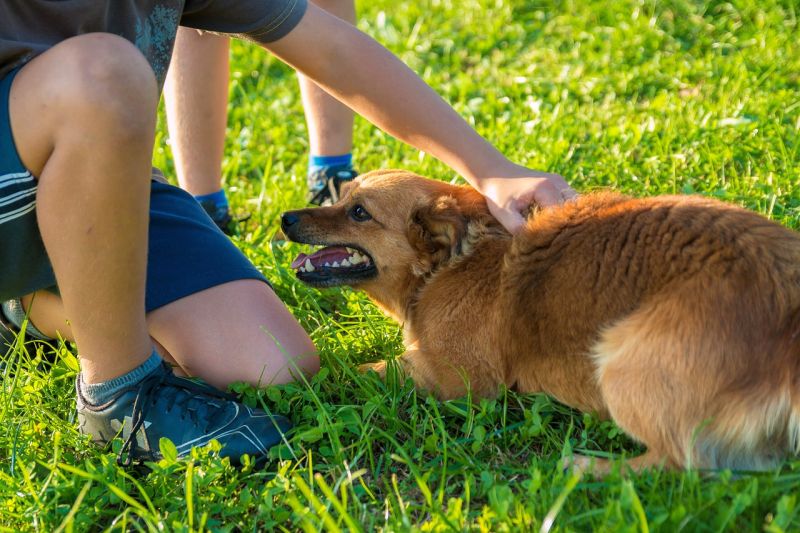
It might seem like your dog is exhibiting these signs for no reason, but they are all warnings that she is uncomfortable, scared, or nervous.
If that warning goes unnoticed, she may feel like she has no other choice but to convey her message by biting.
Don’t Punish the Growl! Never punish your dog for growling. Owners will often scold their dogs for growling, but ultimately you’re just destroying the warning. Next time your dog may go straight for the snap, since they’ve learned they aren’t allowed to growl when they are uncomfortable and have no other options!
Management Strategies to Avoid Bites With Kids
There are a number of things you can do to decrease the risk of your dog biting a child.
Dogs and children should always be actively supervised when they are interacting. This will allow you to watch for the warning signs discussed above and re-direct your child if he or she begins acting inappropriately.
But you have to pay attention!
If you are multitasking or your focus is elsewhere, make sure to use safeguards – no matter how trustworthy your four-footer or your two-footer might be!
Some potential safeguards include:
- Dog Gates. Dog gates or baby gates can be used to separate kids and dogs in separate areas of the house.
- Play Pens. Dog playpens (also known as x-pens) can also be used to section off dogs from kids, even in the same room.
- Muzzles. Many owners are put off by muzzles, but they are great training tools with a bad rap. A muzzle guarantees that your dog will never bite a child, and it gives your dog a chance to interact with children in a safe, trouble-proof environment. Just work on muzzle training with your pooch beforehand!
Baby gates, pens, and crates can also be great for creating a safe zone — a spot where your pup can retreat to when she is feeling tired or overwhelmed or if she simply wants some alone time.
This means no humans, including (especially) children, are allowed in this space. Ever!
Recommended Read: Introducing an Adult Dog to a New Baby
Preparing Your Dog for Small Visitors: What Do You Do When Children Come Over?
If your dog is not used to having children in her house and your nieces and nephews are coming to stay, (or you need to ensure your own children stay safe), there are a few things you can do to prepare to manage them:
- Establish the rules before the children arrive at your house. Be specific. This might be: No touching Lucy on the head. Or, staying in the living room while Bella eats her dinner. Or, no touching George while he is on his bed.
- Muzzle train your mutt. It’s always better to be safe than sorry. If you have any doubts at all, spend time getting your dog used to wearing a muzzle before the kids come over. It might just give everyone a little peace of mind!
- Set up safe zones for your pooch that are off-limits to kids. Be sure these places are situated a significant distance from where the children will be.
- Teach the children to “Be a Tree” when a dog appears nervous or frightened. Standing still in this manner will help deescalate the situation. In fact, see if you can get a Be a Tree presenter to come into your child’s school! Children will learn body language, proper etiquette around dogs, and what to do if a dog is being unfriendly or scares them.
- Print out a dog body language chart or some pictures from Doggone Safe. Share the images with the parents and kids coming over. This will help teach your little visitors what a scared or anxious dog looks like.
- Play the Dog Smart Card Game from Good Dog In a Box. This fun card game is designed to teach kids how to read dog body language and interpret canine social cues.
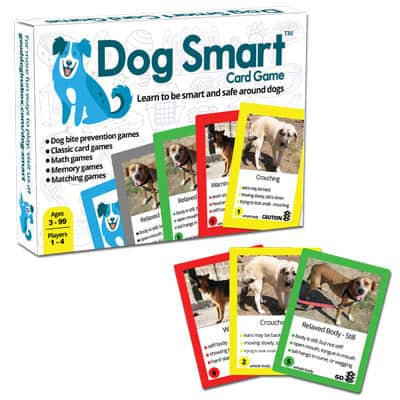
Trainer Tip: One of my other favorite resources for teaching kids to read canine body language is The Blue Dog. This website offers lots of stories and interactive online games to help your children learn about dogs and their warning signs. This might you polish up on reading dog body language as well!
Training to the Rescue! Strategies for Addressing Canine Aggression Toward Children
If your dog is reactive to children, you’re not alone and there are things you can do to help the situation!
Most of the time, you’ll find that your dog is behaving aggressively because she is feeling fearful or anxious around children.
Working with a force free trainer is ideal for addressing these issues, and the trainer will help you with two great training exercises to help your pooch overcome her fear of children:
1. Desensitization
Desensitization is a big word for getting your dog used to children (or some other trigger) without overexposing her or putting her in harm’s way.
This is different than hanging out in a playground at recess and hoping that she will just get over it. That will only overwhelm her!
However, slow exposure at a distance that is tolerable for her is a great way for a pup to slowly get used to children being around.
2. Counter-Conditioning
This is where we work on changing the underlying emotional response from panic to positive.
If, during those short stints of desensitization, we pair the sight of children with her favorite treats, then the sight of children will begin to predict something good. It changes her underlying emotion and changes her behavioral response.
This sounds simple, but there are things to keep in mind and rules you’ll need to follow.
Every time your dog reacts aggressively, she is strengthening the neural pathways in her brain for that type of response. This means that every time she sees a child in the future, she will be more and more likely to react aggressively.
On the other hand, every time she sees a child and doesn’t respond aggressively, we are changing the neural pathways in her brain to respond in a different way. Such as looking at you for a treat!
Therefore, it is important that during this training, she is never so close or exposed for so long that she reacts badly, if it can be helped. So, keep her at a distance and don’t overexpose her.
Go slow.
Also, for children to start equalling something good for your pup, you need to start off by rewarding her every single time she sees a child. It’s a lot of work, but it will pay off in the long run.
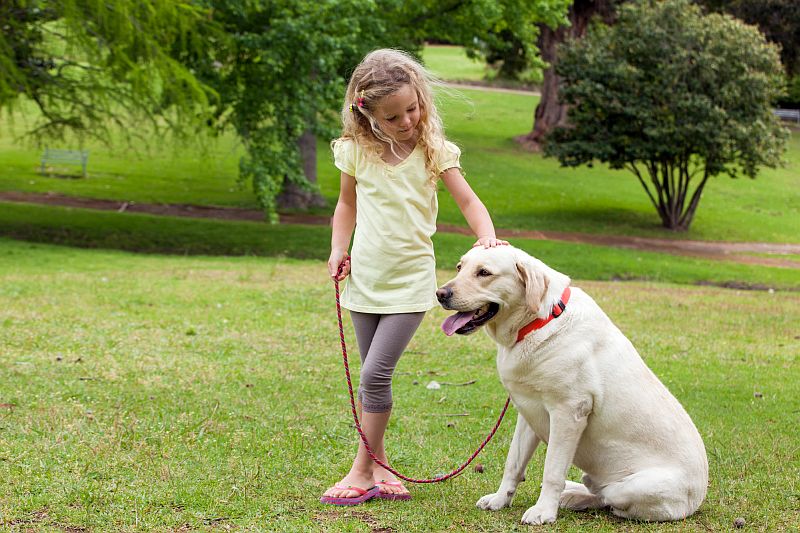
Looking for More Guidance? Check Out The Family Dog
Hey guys – Meg (K9 of Mine founder) here.
Erin did a great job with this piece, but I want to add in another resource I discovered recently that will be a huge help for any families struggling with kid and dog interactions.
I’ll be adding some of this info below – I just want to acknowledge this section was written by me – not Erin!
If your family needs some help regarding safe kids and dogs interactions, you’ll definitely want to consider The Family Dog’s program.
Justine Schuurmans has created this incredible program designed to help teach the entire family (parents, kids, and dogs included) how to safely interact with and understand one another.
Justine is a family-based dog trainer with 20 years experience who is a professional member of the APDT and is CPDT–KA certified – so you know you’re in good hands.
I’ve talked to her personally, and she really knows her stuff!
If you have a new dog in the household, definitely look into her “Peace, Love, Kids & Dogs” program. Or, if you’ve already experienced some scary snapping or bites and are in emergency mode, check out her “Code Red” program.
She’ll take you step-by-step guidance, with special learning sections and games designed to help even young children better understand how to give their pet affection appropriately, and when to give them space!
Teaching Children to Interact Safely with Dogs
The most effective thing we can do to promote positive dog-child interactions is to teach children are which types of interactions are appropriate and which ones are not.
We’ll talk about both sides of the coin below.
Bad Behaviors: Things Kids Should Not Do with Dogs
It is imperative that children avoid doing things that may make a dog uncomfortable and trigger a bite.
For example, children should be taught to avoid:
- Reaching or grabbing for your pup
- Sitting or climbing on her
- Hugging her
- Kissing her
- Bothering her while she is eating or sleeping
- Poking her
- Using her as a pillow
Any of these things may put your dog in an uncomfortable situation, which will increase the chances of a bite.
Positive Play: Things Kids Should Do with Dogs
Have your kids get involved in different ways other than hugs and kisses and playing dress-up.
- Have your child help with clicker training. If you are using a clicker for training, have your child be a part of the fun by teaching your kid how to train your dog, too. They can click and you can treat, or visa versa.
- Have your children learn to teach their pup some fun new tricks. As a kid I loved setting up agility obstacle courses for my pup in the back yard and teaching him to navigate through the maze of hurdles and tunnels!
- Have your kids pitch in with some doggo DIY enrichment. You can also get kids involved in making home-made DIY dog puzzle toys for their pup. This is a fun crafty activity that benefits everyone!
- Provide structured playtime for your kids and the family canine. It is important that your pup and your children learn to play together in constructive ways. Perhaps tug isn’t a great option, but maybe fetch is. Or, maybe kicking around a big beach ball in the backyard could be fun for everyone!
- Have children tag along during walks. I never recommend that children walk a dog by themselves. Too many things can go wrong. But, they can help you hold the dog’s leash or hold a second leash. Or simply walk with you. As kids get older, they will have a good foundation if they have been included all along and can start to take on more responsibility if your pup is well-mannered during walks and is a good loose leash walker.
- Take a canine class together. Most reputable training facilities (from PetSmart classes to private trainers) welcome children. The class could be anything from basic manners and foundation skills to agility. Not only will your children learn, they will have goals to work on together with your pup.
***
Having children and dogs together can be very rewarding and a great experience for children. It is important to keep everyone safe and teach children early to respect your pup’s boundaries.
Do you have children and dogs? What are some of their safe activities they enjoy doing together?
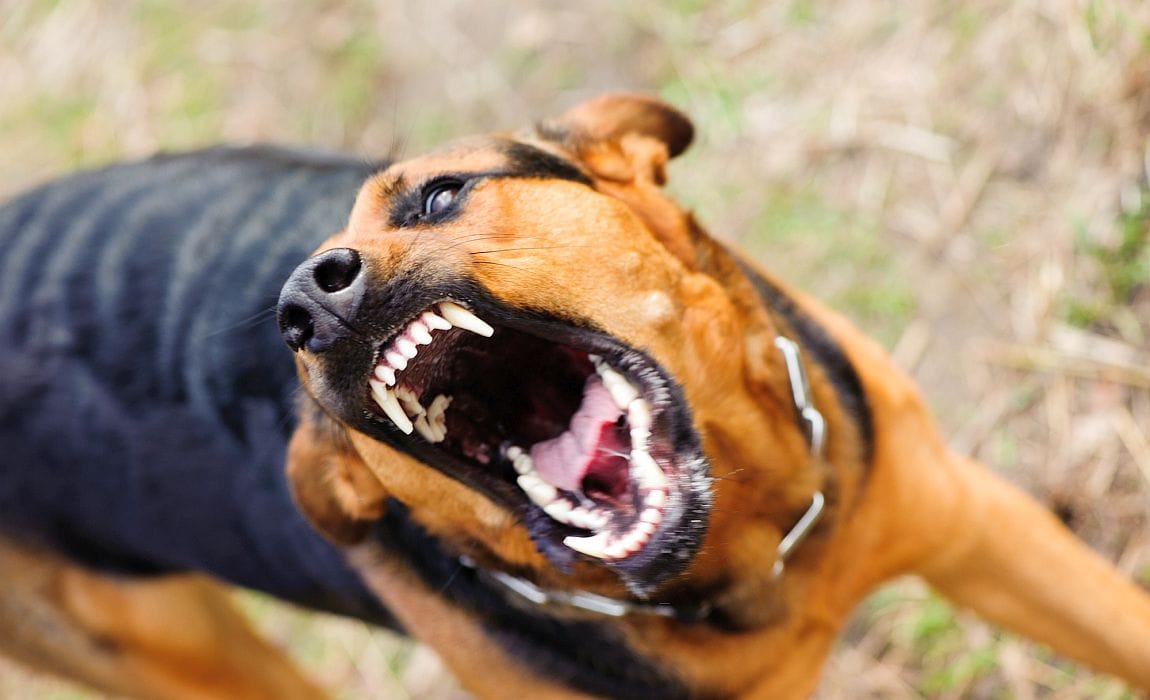





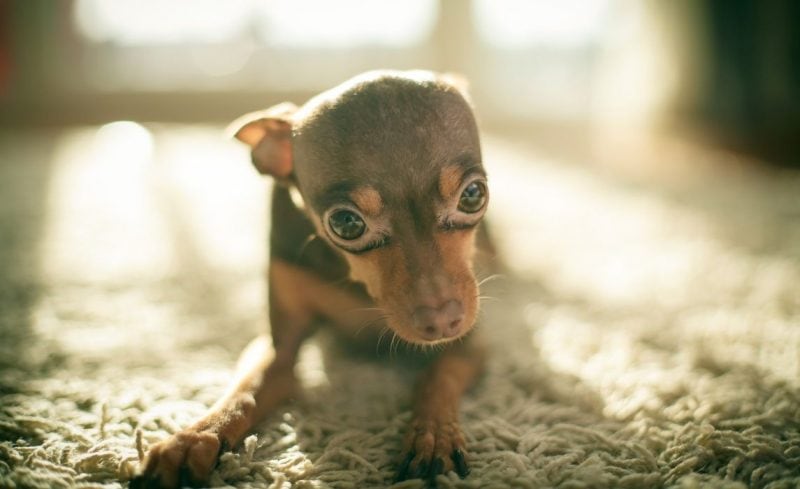
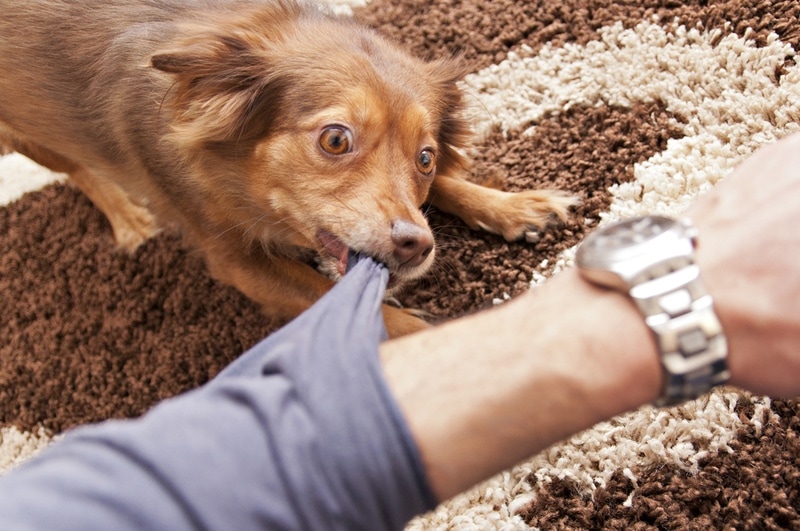
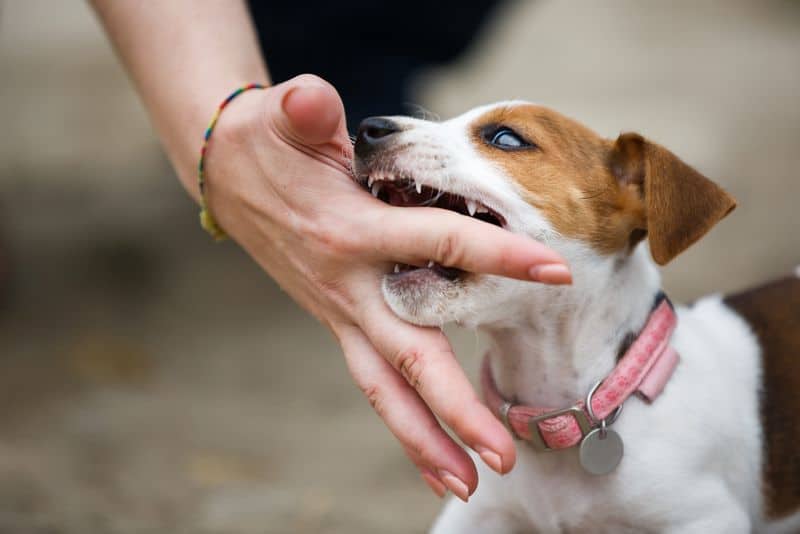
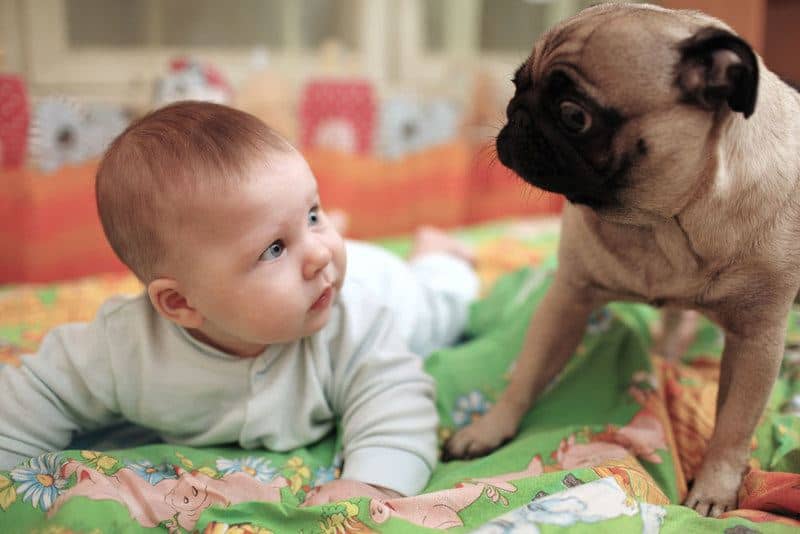
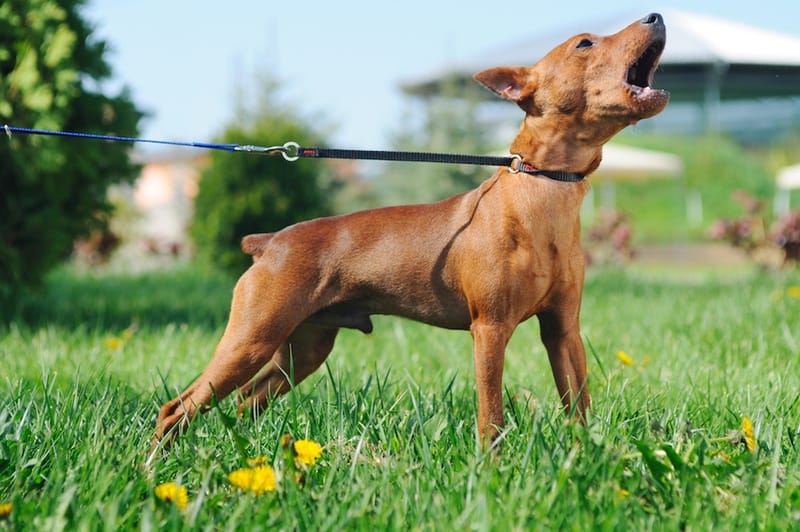
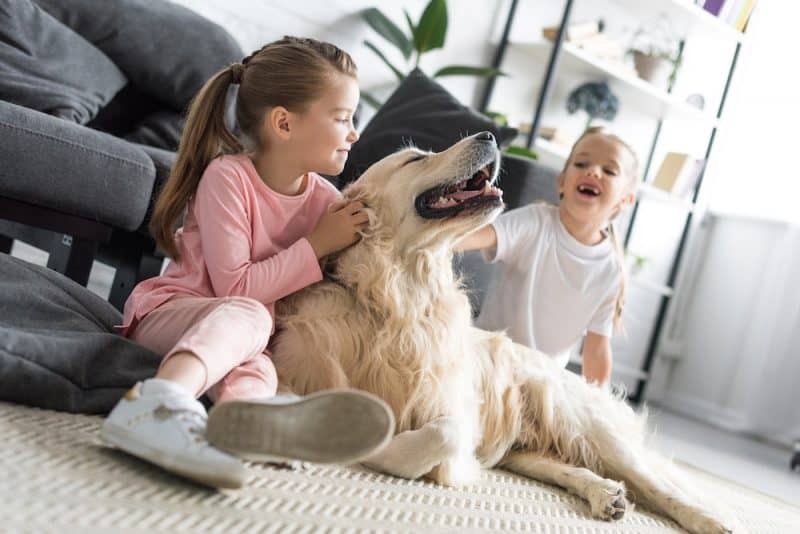

Leave a Comment